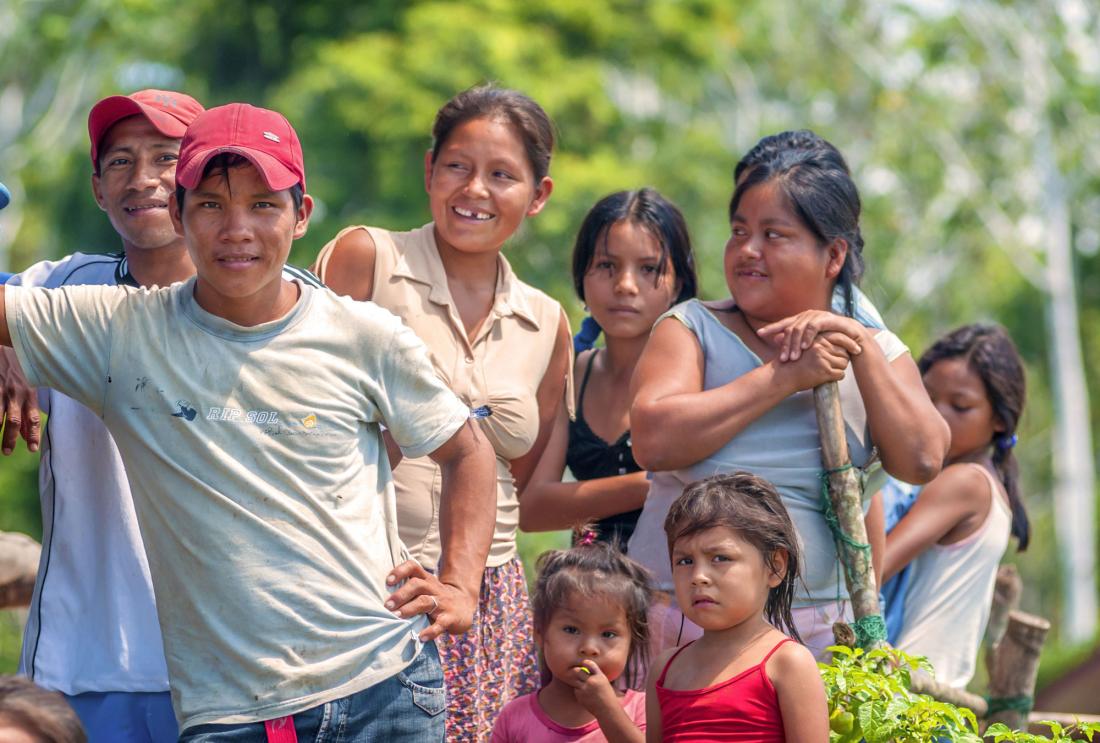Using Radio and Video as a Means for Financial Education in Peru
- Digital and mobile
- Financial literacy
- Training
Policy issue
Microcredit is often offered in conjunction with client education services, to provide training for clients through the existing infrastructure. Karlan and Valdivia (2008) found that business training for microfinance clients improved business knowledge, practices and revenues for beneficiaries and increased repayment and client retention rates for the institution. Financial literacy is another educational topic that may be effective in improving economic conditions of clients and financial conditions for lenders. By offering financial trainings with credit, microfinance institutions may help clients to better manage their loan repayment and avoid debt. In addition to using existing credit infrastructure to deliver trainings, microfinance institutions may minimize educational costs of the model by using information and communication technologies (ICTs) such as radio and television to reach large audiences.
Context of the evaluation
Arariwa is a NGO based in Cusco, Peru which serves much of Northern Peru. Arariwa offers livelihood trainings, technical skill development, and microfinance products to clients in these areas. To offer microfinance, Arariwa establishes communal banks that participate in group savings, loans, and educational programs. In an effort to improve client success, Arariwa is utilizing its existing infrastructure to provide financial education.

Details of the intervention
A total of 666 communal banks were randomly assigned to a treatment group, which received a financial education module, or a comparison group which received education on other topics such as health and self-esteem.
The financial literacy program consisted of nine monthly training sessions that used both video and radio components to convey lessons. The sessions, provided during monthly bank meetings, were based off a curriculum adapted from Freedom from Hunger’s (FFH) training modules, and also used short videos (5-7 minutes in length), activities, and moments of reflection to reinforce key concepts. Training sessions lasted 45-minutes and covered the following topics: creating financial goals and savings plans, investing in business, calculating loan payments, and avoiding default. After meetings, participants were asked listen to a 25-minute radio program to reinforce the training content and to complete a set of homework questions. The radio program was broadcast four times a month and presented testimonies from successful Arariwa clients.
Results and policy lessons
Low implementation levels led a discontinuation of the evaluation. After 11 months, only one percent of the communal banks in the treatment group had completed the full training program. Problems faced by the implementer included: low attendance levels at training sessions, delinquency among clients requiring credit officers to focus most of the meeting on collecting repayments, and a lack of preparation of credit officers before teaching new material. Information and Communication Technologies used as complements to the training presented very limited take-up and usage. The video component was often difficult to broadcast during meetings due to challenges in obtaining televisions and DVD players in rural communities and as a result the median bank only trained with the DVD one time. Less than seven percent of the members in the treatment group listened regularly to the radio program, despite a set of incentives connected to the program.


